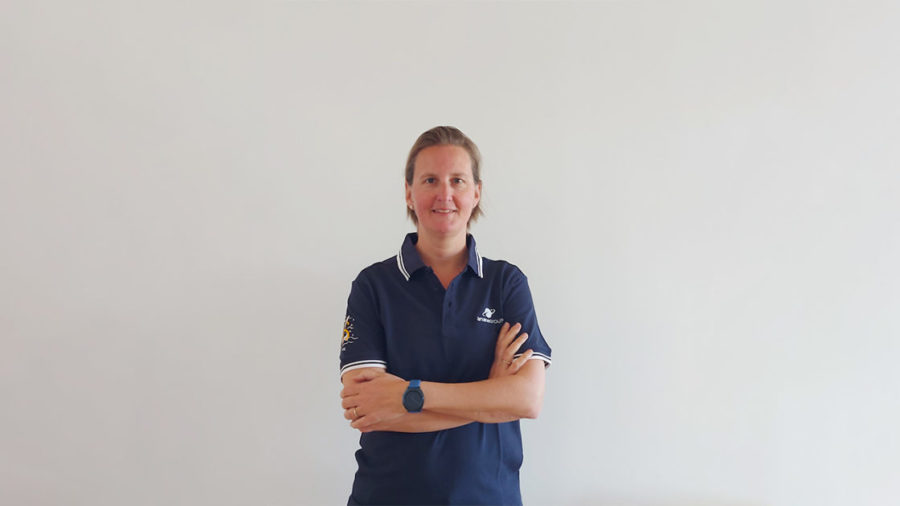Faces of Ariane 6: We meet Laurence Brousselle, Head of Vulcain engine test bench firing
02.09.2021

As the first flight model of Ariane 6’s Vulcain 2.1 main stage engine is being integrated, we talk to colleagues who are playing a part in this adventure
What is your role in the Vulcain 2.1 first flight engine?
I’m something like the conductor of an orchestra of 15 people with a wide variety of specialisations, such as mechanical systems, fluids systems and control/command systems. These individual specialisms are needed for connecting the engine to the test bench, carrying out the fluidic and electrical functional tests before and after the hot-fire test and ultimately for disconnecting the engine from the test bench.
My role was to hot-fire test this engine which will power Ariane 6’s maiden flight. Thanks to each team member’s expertise and the cohesion within the team, this first engine successfully passed its tests. We all hope that this is just the beginning of a long series of successes.
What was the biggest challenge you faced?
The dual use of the PF50 test bench. The bench had to be adapted to accommodate and test this new Vulcain 2.1 engine, while remaining completely scaled for testing the Vulcain 2 engine for Ariane 5. We also had to adapt to the use of new handling tools throughout the entire Vulcain 2.1 line, from assembly to integration on the stage.
“I’m proud to be currently transitioning from Ariane 5 to Ariane 6, and to experience all the in-between stages.”
What is your best memory?
Firing the engine. Feeling the vibrations in the underground control room 100 m away from the test cell. When the engine fires up, the adrenaline rush is enormous.
This interview is part of our ongoing Faces of Ariane 6 series. All the interviews are available on our LinkedIn page.
